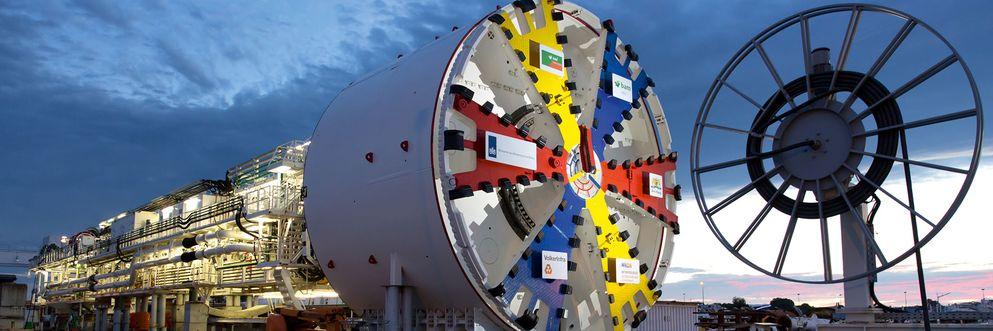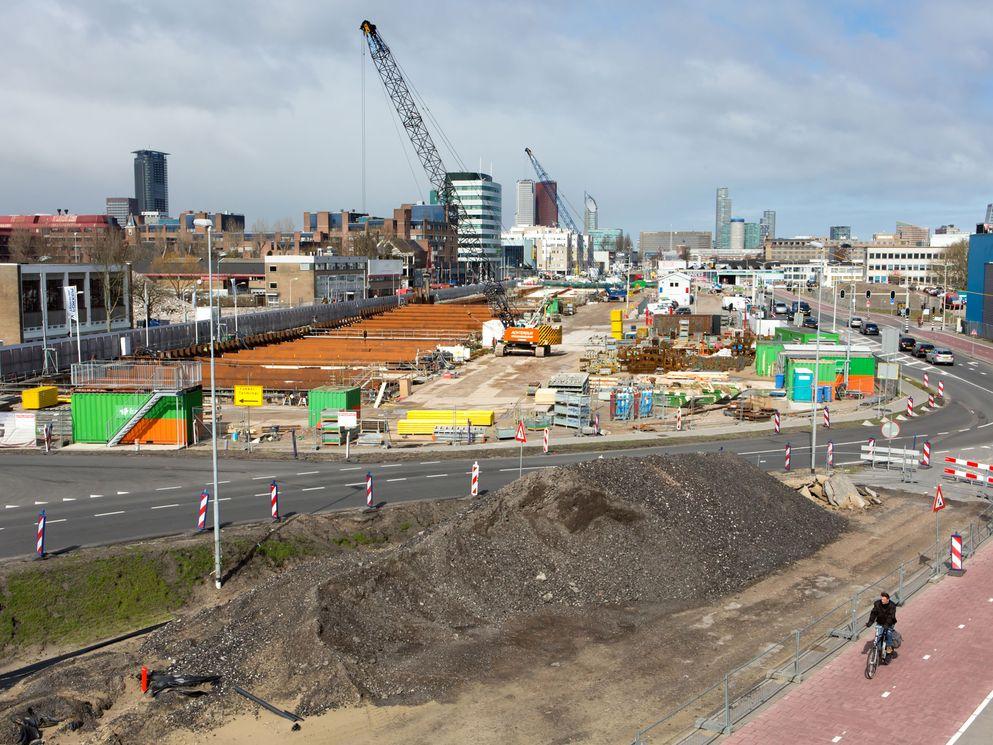
Rotterdamsebaan
The accessibility of The Hague is largely dependent on the part of the A12 motorway known as Utrechtsebaan. Currently, 40% of the traffic entering and leaving the city each day does so using this road, with daily traffic jams as the result. Residential areas in The Hague, Rijswijk and Leidschendam-Voorburg then become congested due to drivers seeking shortcuts. A new road, Rotterdamsebaan, will change all this.
Rotterdamsebaan will improve the accessibility of The Hague and the region as a whole by connecting the A4 and A13 motorways with the city’s central ring road. This will result in a better distribution of the traffic flowing to and from the motorways, relieving the pressure on Utrechtsebaan.
BAM was commissioned by the Municipality of The Hague to build this new road, which will include the most sustainable tunnel in Europe. It will serve as the very best example of sustainable infrastructure in the Netherlands. At the design phase, a great deal of attention was paid to how the road would be integrated with the landscape. One of the resulting features is a unique design for the mouth of the tunnel in the Vlietzone area, which ensures that it melds well with the surrounding green landscape. Countless sustainable applications have been incorporated into the tunnel:
- Solar panels to provide some of the energy the tunnel will use
- A Fine Dust Reduction System (FDRS) to capture particulates at either end of the tunnel
- Sustainable LEAB asphalt
- Absorption of traffic noise using so-called diffractors
Sustainability is also of paramount importance during the construction process. We are using cleaner fuel (GTL) and LED lighting on the building site. And we are ensuring that any nuisance caused to people in the surrounding area is limited and that major traffic arteries remain open.

Rotterdamsebaan
